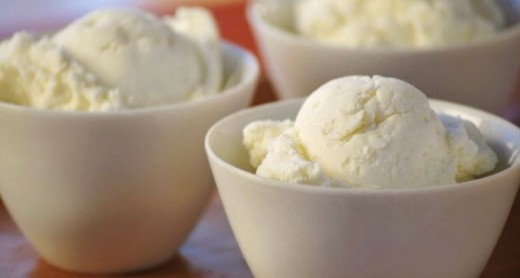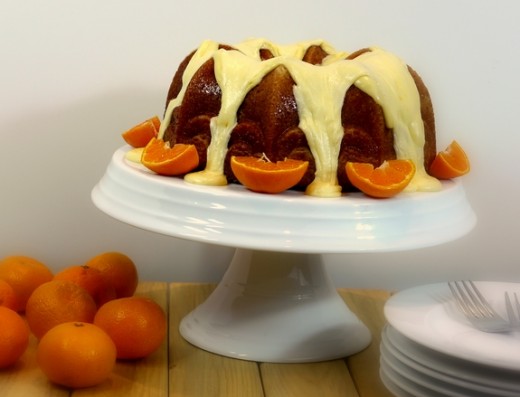
Cooking with Olive Oil
When a recipe calls for olive oil, how do you know what kind to use? Let your own taste preferences be your guide. The best solution is to cook using “Extra Virgin” or “Virgin” olive oil. If you feel this solution is expensive for you, try with “Pure” olive oil and season or drizzle with “Extra Virgin”.
Light and delicate dishes like poached or sautéed fish, chicken or veal; go well with a milder, less fruity olive oil. Full flavored robust dishes such as soups or tomato-based sauces welcome a fruitier, flavorful olive oil, as do steamed vegetables and salads.
For roasted, barbecued and braised dishes requiring high or prolonged heat olive oil is best. In frying, a crisp caramelized crust is formed that will allow but a small amount of oil to soak into the food. In vegetable dishes, its herbal hues blend excellently with the greens. Pies are best made with sweet olive oil.
Defining and understanding the Mediterranean Nutrition and Diet is not easy because there are several countries that border the Mediterranean Basin. Still, the traditional diets from the people living in the 1960’s in countries like Greece, and Southern Italy have been studied extensively over the past several years.
This is due to the notably low incidence of chronic diseases and high life-expectancy rates attributed to these populations who ate traditional Mediterranean diet foods. The traditional Mediterranean diet delivers as much as 40% of total daily calories from fat, yet the associated incidence of cardiovascular diseases is significantly decreased. As a monosaturated fatty acid, olive oil does not have the same cholesterol-raising effect of saturated fats. Olive oil is also a good source of antioxidants. Eating fish a few times per week benefits the Mediterranean people by increasing the amount of “Omega-3 fatty acids” – something that the rest of the developed societies don’t get enough of.
Eating red meat sparingly seems to also increase health. There is a general consensus among health professionals that the Mediterranean Diet is healthier than the North European and American diet because more grains, such as spaghetti, fruits, vegetables, legumes, nuts, and olive oil are consumed.
Ingredients
160ml Fitia Extra Virgin Olive Oil
200ml whole milk
100ml double cream
140g granulated sugar
5 large egg yolks
You will need an ice-cream machine/churner for this recipe.
Method
 Bring the milk, cream and sugar to the boil in a pan, making sure to stir until all the sugar has dissolved.
Bring the milk, cream and sugar to the boil in a pan, making sure to stir until all the sugar has dissolved.
Remove from the heat and set aside.
In a separate bowl, beat the egg yolks until pale and thick and then slowly add the milk and cream mixture to the yolks, stirring as you go.
Transfer the mixture back to the pan and keep stirring slowly over a gentle heat for 5 – 10 minutes, until it thickens into a custard. You’ll notice that its ready when it coats the back of the wooden spoon.
Pour the mixture through a sieve to remove any small egg yolk solids, and then add the olive oil and stir well with a balloon whisk.
Let the mixture go completely cold. You can speed up the process but pouring the mixture into a metalic bowl and placing into an ice bath. If some of the mixutre separates once cooled, just mix it all together again.
For best results churn using an ice-cream machine.
Allow 20 minutes for the ice cream to soften in the fridge before serving and then serve.
Cooks Tip
Try serving with a drizzle of Balsamic Vinegar glaze.
Difficulty: Intermediate
Makes: 750ml
Preparation Time: 60 mins
Cooking Time: 0 mins
Ingredients
Cooking spray
2 tablespoons all-purpose flour
2 1/2 cups granulated sugar
1 1/2 cups fat-free milk
1/2 cup Extra Virgin Olive Oil
1/4 cup fresh tangerine juice (about 2 tangerines), divided
3 large eggs
2 1/4 cups all-purpose flour (about 10 ounces)
1 teaspoon baking powder
1 teaspoon salt
1/2 teaspoon baking soda
1 cup powdered sugar
1 teaspoon butter, melted
Preparation
Preheat oven to 350 degrees F.
 1. Coat a 12-cup Bundt pan with cooking spray; dust with 2 tablespoons all-purpose flour. Set aside.
1. Coat a 12-cup Bundt pan with cooking spray; dust with 2 tablespoons all-purpose flour. Set aside.
2. Combine granulated sugar, milk, oil, 3 tablespoons juice, and eggs in a large bowl, stirring with a whisk.
3. Lightly spoon 2 1/4 cups flour into dry measuring cups; level with a knife. Combine flour, baking powder, salt, and baking soda; stir well with a whisk. Add flour mixture to oil mixture, stirring with a whisk until smooth. Pour batter into prepared pan. Bake at 350degrees F for 55 minutes or until golden brown and cake begins to pull away from sides of pan.
4. Cool cake completely on wire rack. Loosen edges of cake with a narrow spatula. Place a plate upside down on top of cake; invert onto plate.
5. Combine powdered sugar, remaining 1 tablespoon juice, and butter, stirring well with a whisk. Drizzle glaze over cooled cake. Yield: 16 servings (serving size: 1 slice)
CALORIES 307 (24% from fat); FAT 8.3g (sat 1.5g,mono 5.5g,poly 0.7g); PROTEIN 4g; CHOLESTEROL 41mg; CALCIUM 57mg; SODIUM 243mg; FIBER 0.5g; IRON 1.1mg; CARBOHYDRATE 54.8g

 Extra Virgin Olive Oil
Extra Virgin Olive Oil
 Bring the milk, cream and sugar to the boil in a pan, making sure to stir until all the sugar has dissolved.
Bring the milk, cream and sugar to the boil in a pan, making sure to stir until all the sugar has dissolved. 1. Coat a 12-cup Bundt pan with cooking spray; dust with 2 tablespoons all-purpose flour. Set aside.
1. Coat a 12-cup Bundt pan with cooking spray; dust with 2 tablespoons all-purpose flour. Set aside. 70 Broad St,
70 Broad St,
 1-212-796-2570
1-212-796-2570


